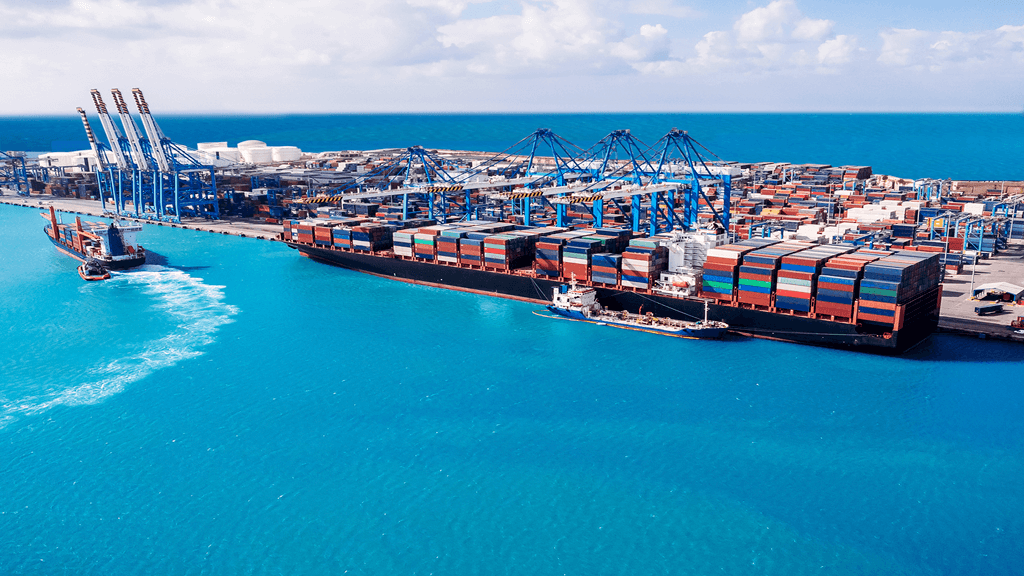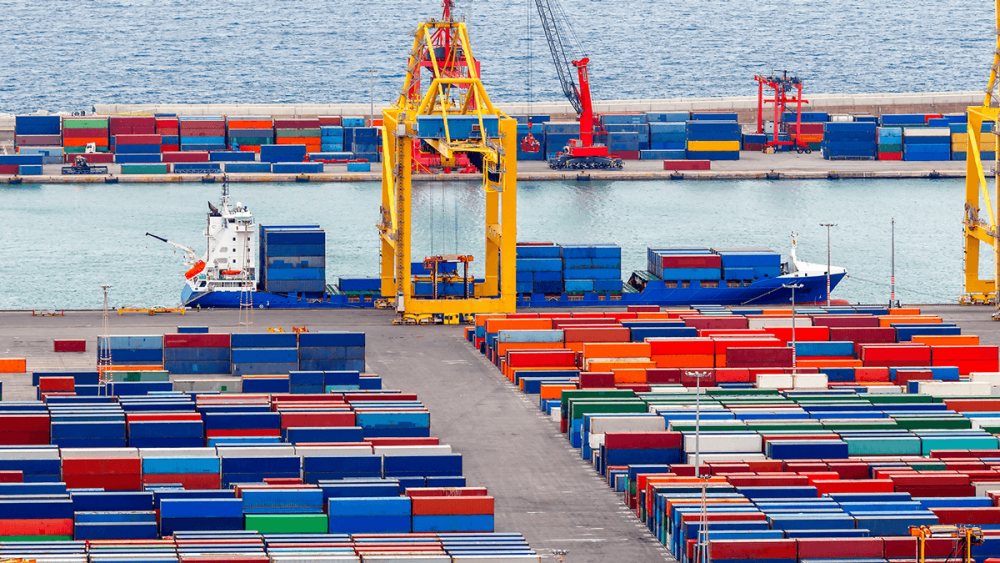In the age of technology, the world welcomes automation. Semi or fully automated processes aren’t new to the shipping industry, neither is the automation of export. Different US government agencies collaborated and created a unified system to collect the most relevant information about shipments for export. Here, we’re explaining what the automated export system is and how it works.
What Is Automated Export System

The automated export system (AES) is used to gather, store, and declare all relevant information related to the export of goods and commodities. This nationwide system is a universal conduit, which transmits the required information on each export shipment to the appropriate government agency. It is a collaboration between Customs and Border Protection (or CBP), the Census, the Directorate of Defense Trade, the Bureau of Industry and Security, and some other entities that may collect export statistics. The main purpose of the automated export system is to collect the Electronic Export Information (EEI) through the advanced technology found in all ports and transport hubs across the USA. The AES applies to any means of transportation, including air, rail, sea, and truck logistics.
How The Automated Export System Works

Primarily, it functions to ensure compliance of exported commodities with all US stipulations and requirements. When exporters or transport companies on their behalf make a booking for shipping, the EEI is transmitted through the automated export system. Then, the system generates a confirmation notification for US CBP and a customer/exporter. The automated export system can send an error message back to filers if they committed mistakes in the electronic form.
Which Information Is Collected With The Automated Export System?

Since self-propelled vehicles are subject to mandatory EEI filing, you have to be aware of what information is collected. Exporting a car requires filing information about:
- the US Principal Party in Interest (USPPI), or the name of the party that benefits from a certain export shipment,
- EIN (Employee Identification Number),
- the information about the destination country,
- the mode of transportation (rail, truck, air, or sea freight),
- the state of origin,
- the consignee (a complete name of a party receiving the shipment),
- a short description of the shipment (including value, quantity, weight, etc.),
- the port of export and departure date,
- and any export permits/licenses if applicable (for instance, export of cars with unsatisfied liens is possible only after a lien release).
Ship confidently with EasyHaul
If you’re unfamiliar with the export process, it may seem intimidating, but with EasyHaul you’ve got options. We can handle both domestic and international shipping, so if you’re thinking of exporting a vehicle, we’ll file all the required export documents on your behalf. We provide a full suite of shipping services and help with Customs clearance on the US side, and we can help you find a broker in your destination country. Register, upload a copy of your government-issued ID or passport, and enter your phone number to place a shipping order. Reach us at +1 (360) 776-3596 (6:00 AM – 4:00 PM PST, Monday to Friday), or fill in our online form if you have any questions.






Leave a Reply
You must be logged in to post a comment.